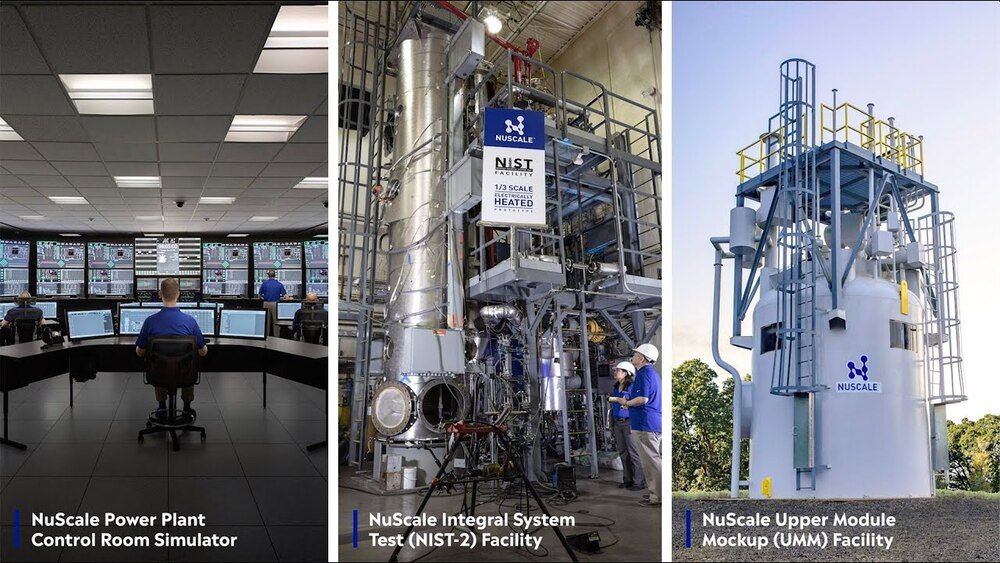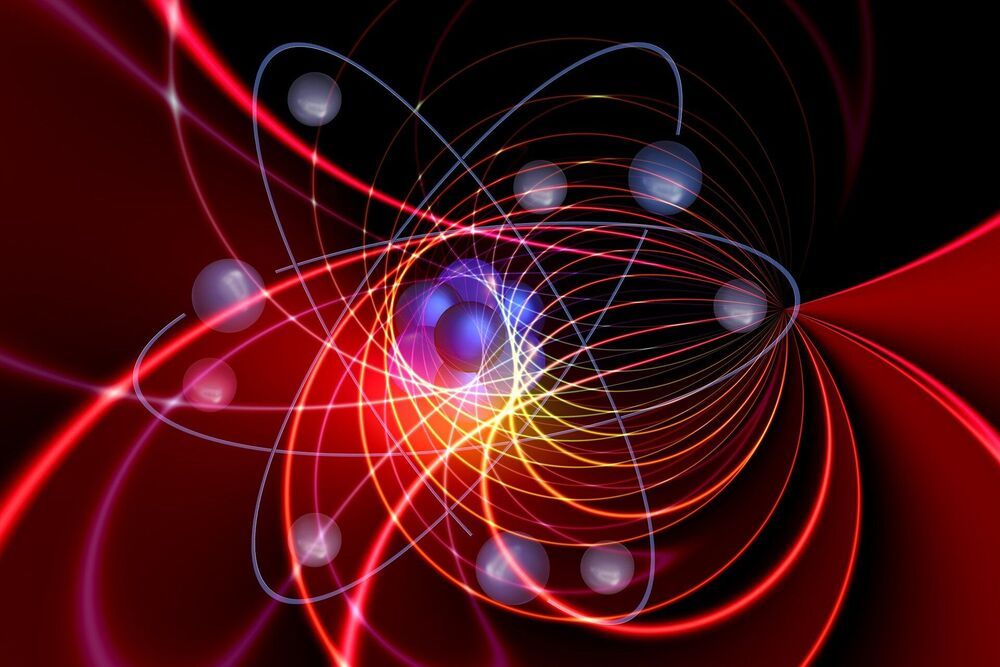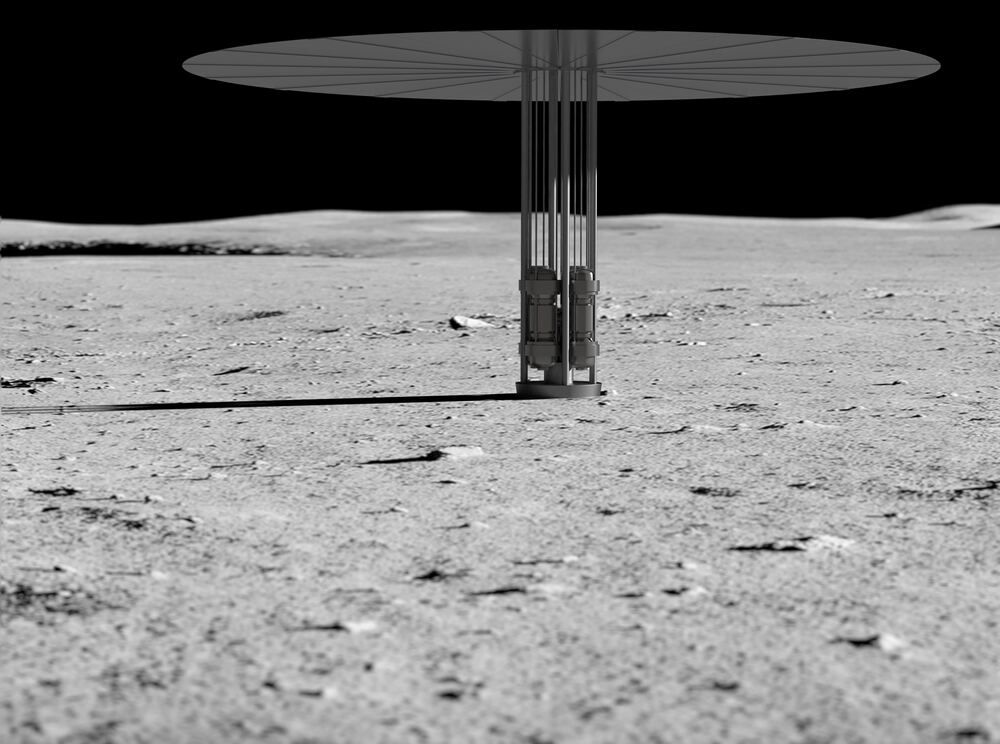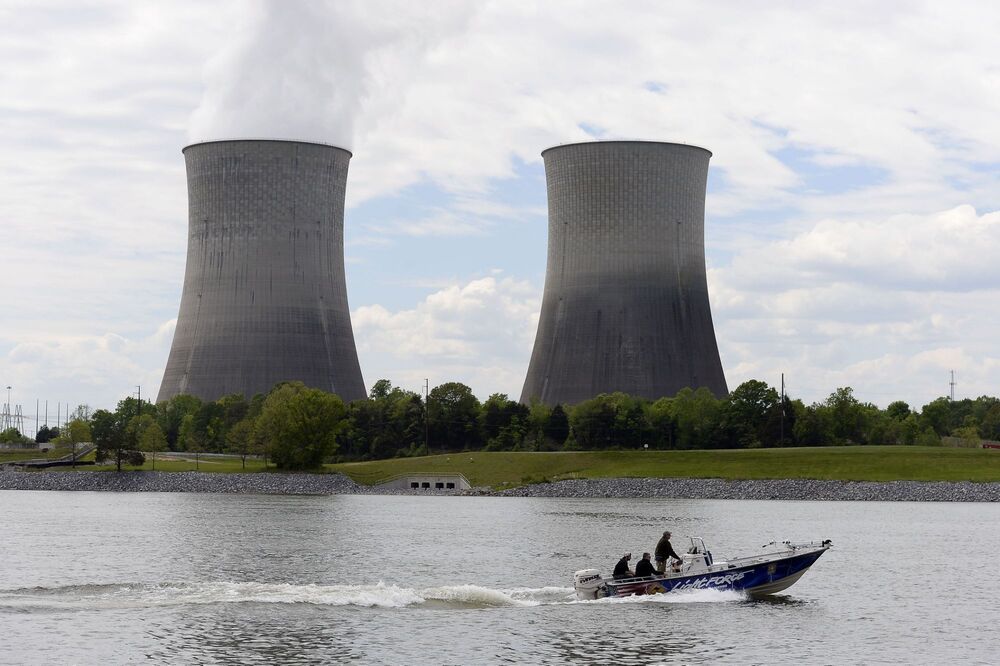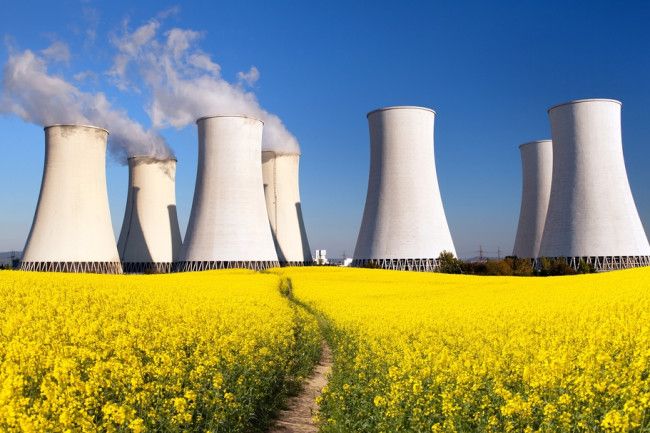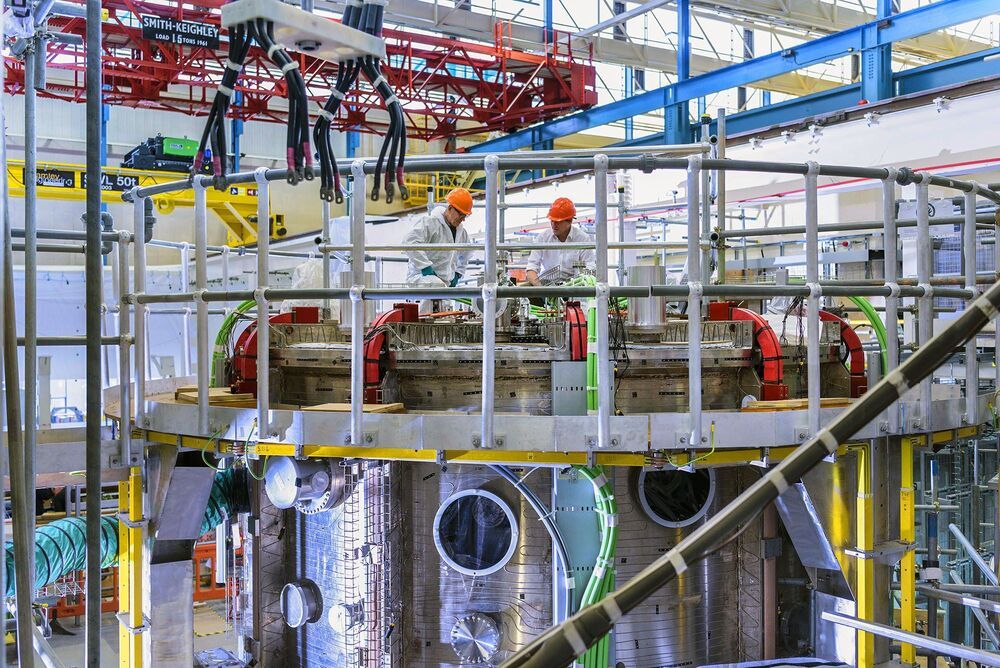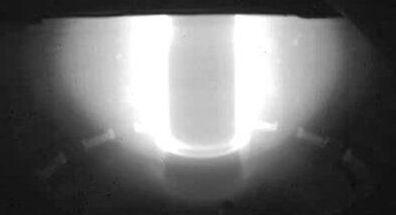Nov 20, 2020
Drones Solve a Nuclear Waste Mystery at Chernobyl
Posted by Quinn Sena in categories: drones, nuclear energy
In 2019, Switzerland-based Flyability had a mystery to solve at the Chernobyl Nuclear Power Plant. Was nuclear waste still present in one of the plant’s decommissioned reactors?
“At the time of the disaster, the fifth block of the Chernobyl Plant was under construction and nearing completion,” a Flyability spokesperson said. “Given the rush to leave, there was no record of whether the holding pools in Reactor Five had ever received the depleted uranium fuel bars for which they had been made.”
Continue reading “Drones Solve a Nuclear Waste Mystery at Chernobyl” »

